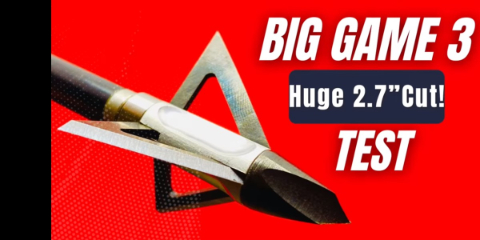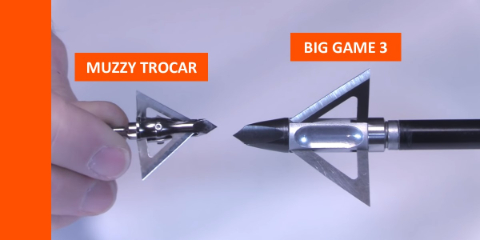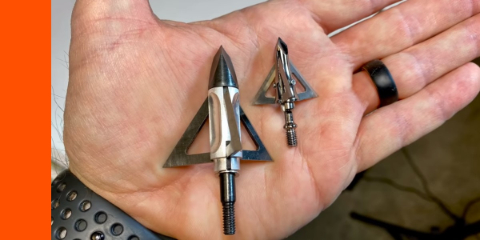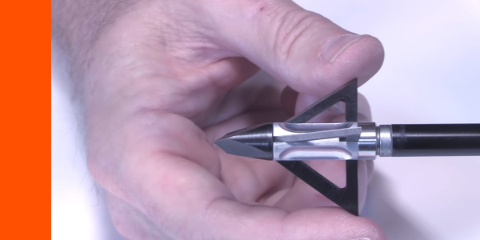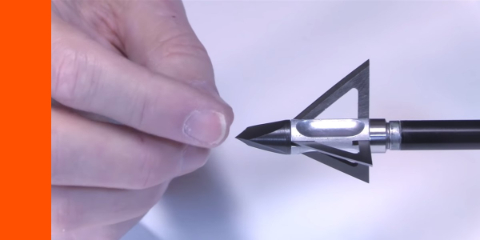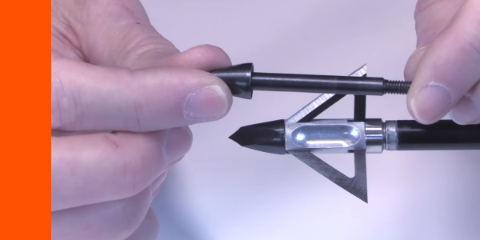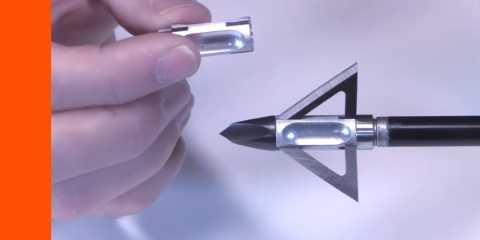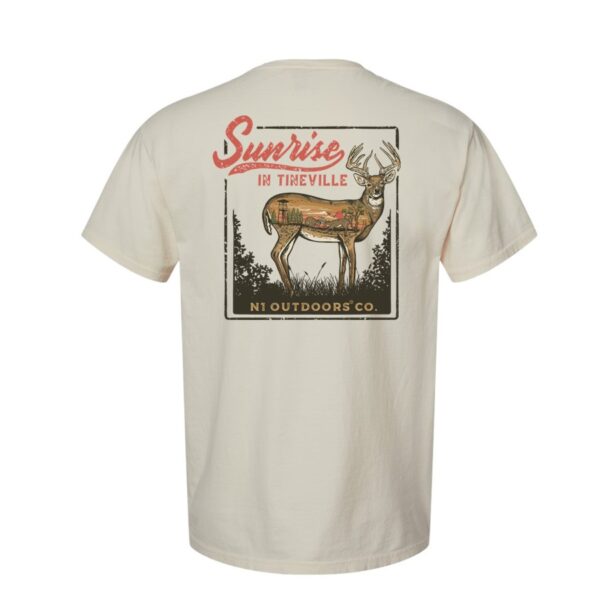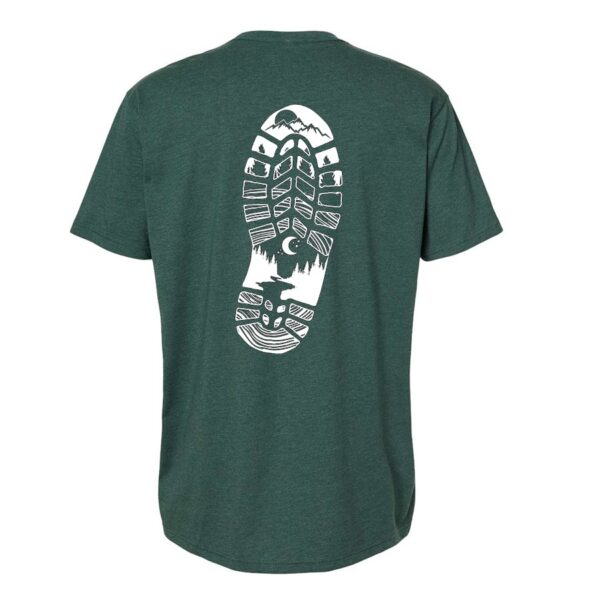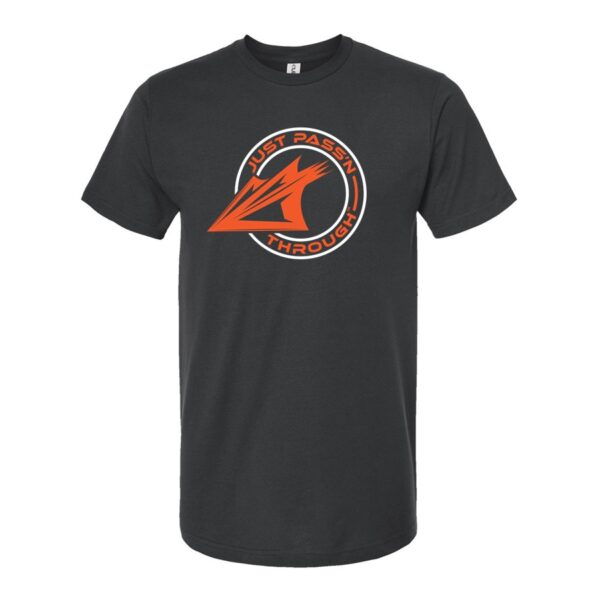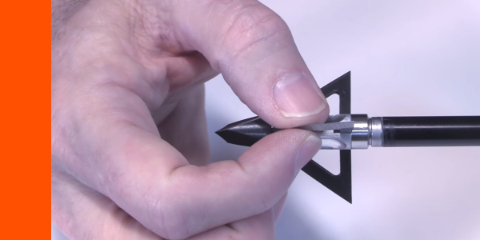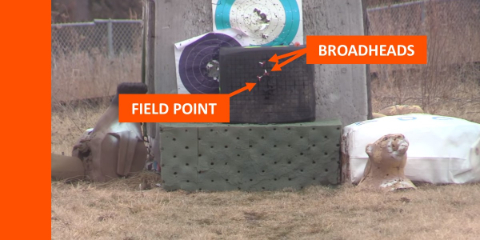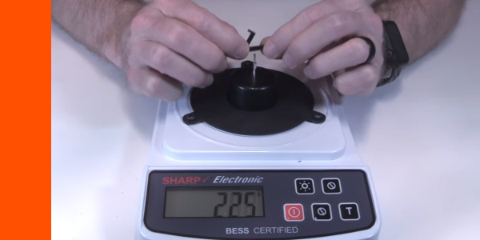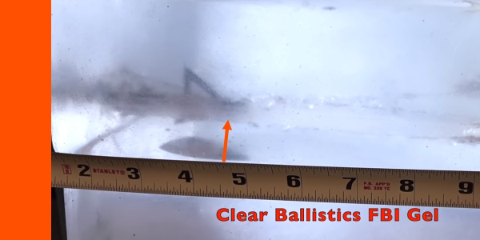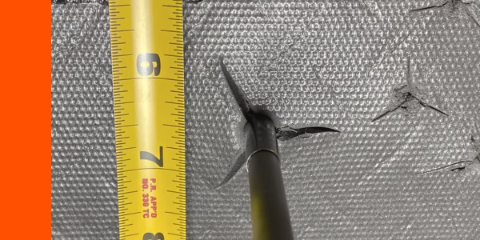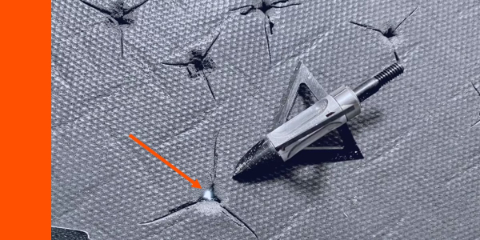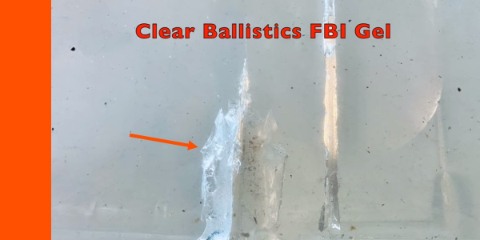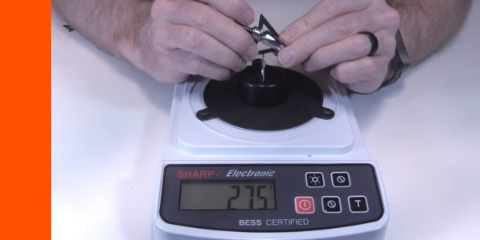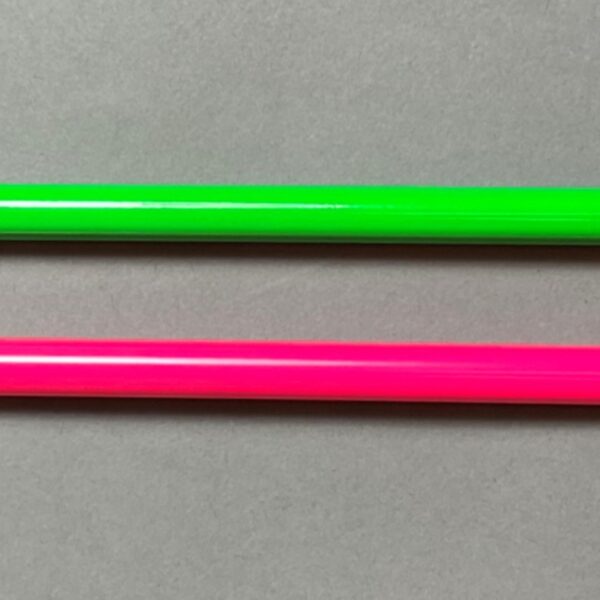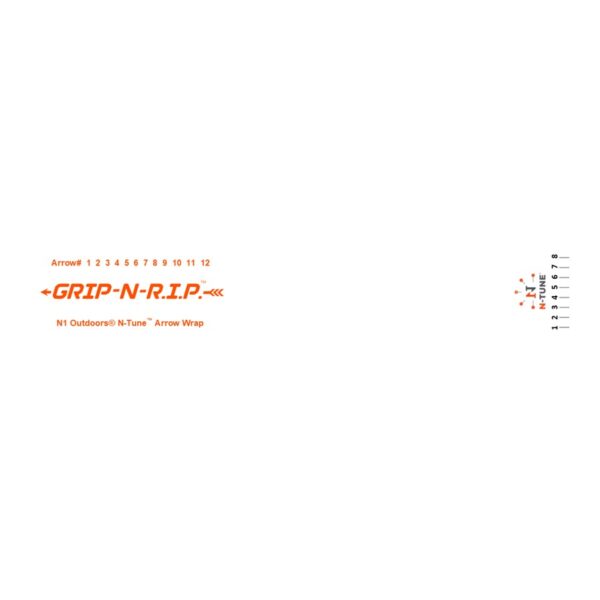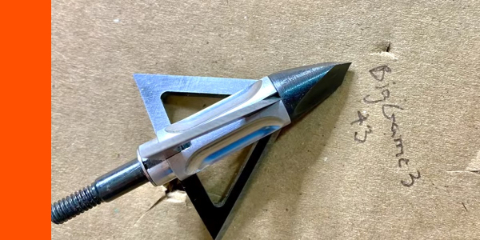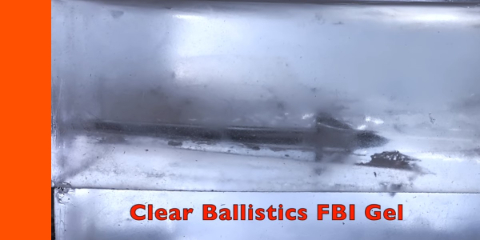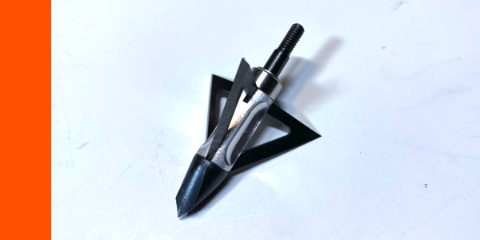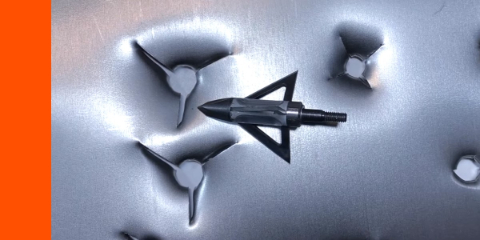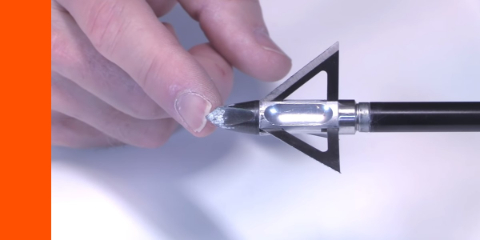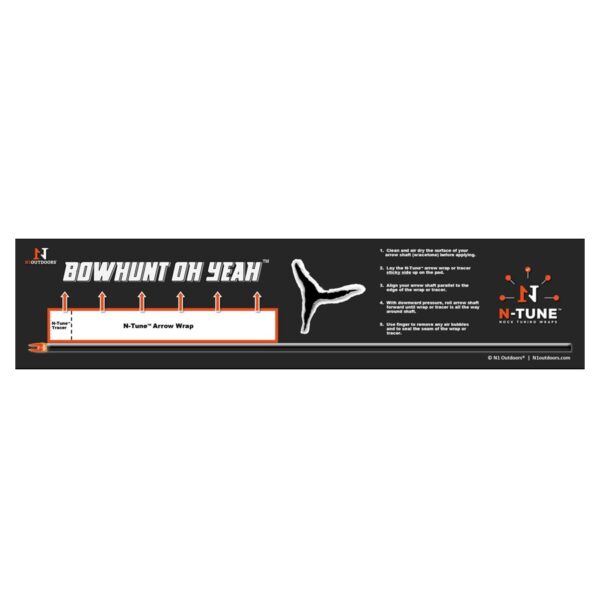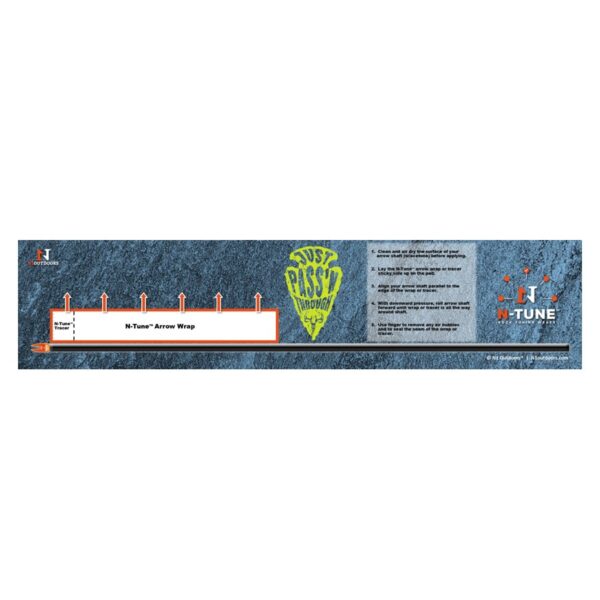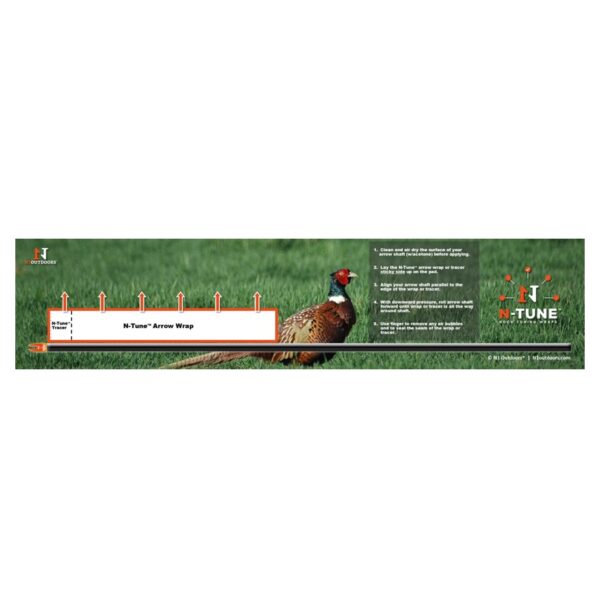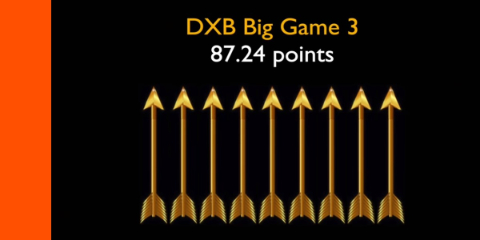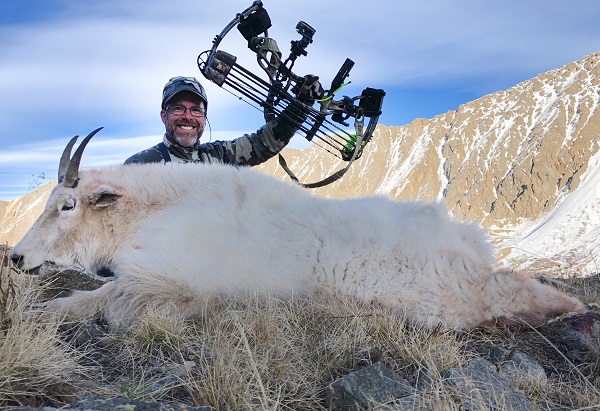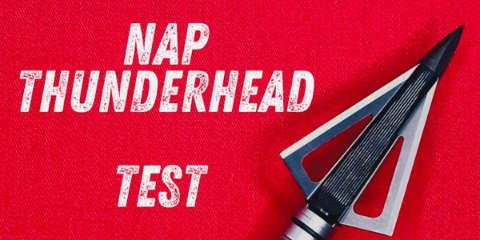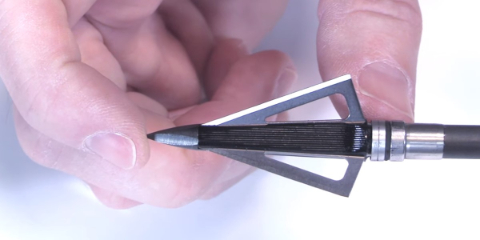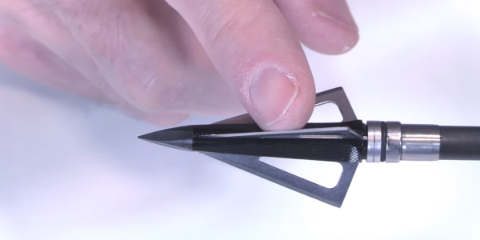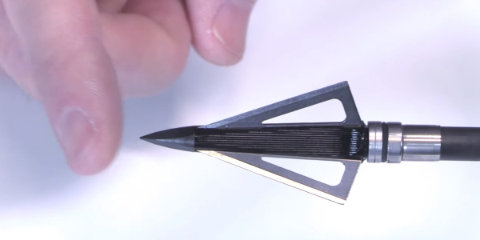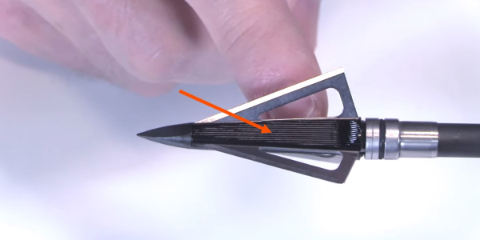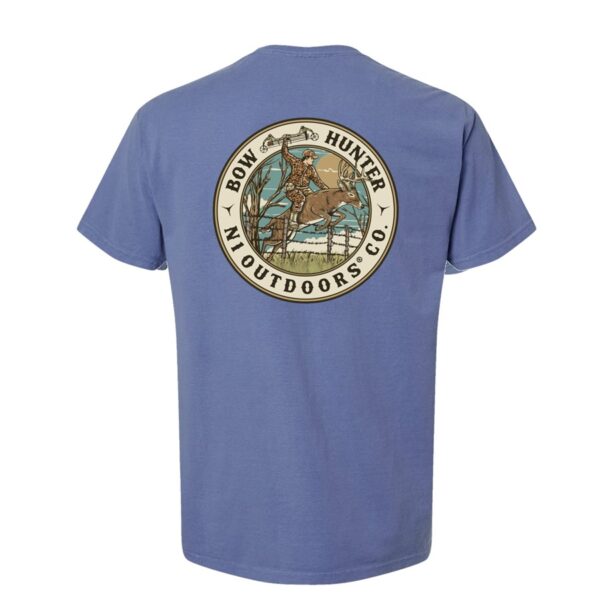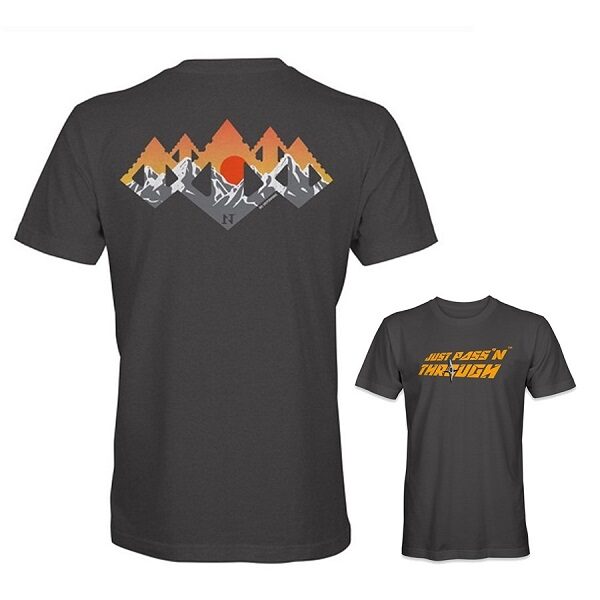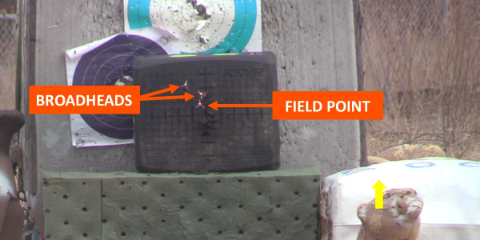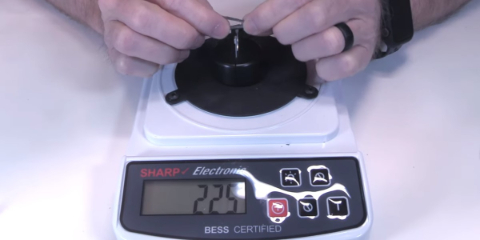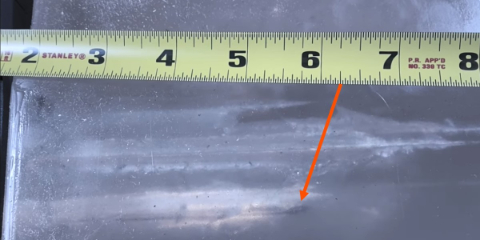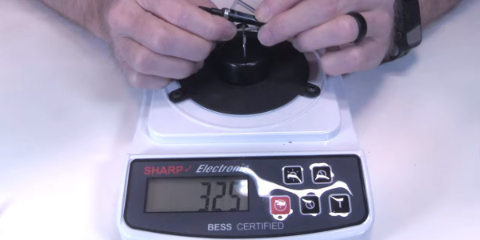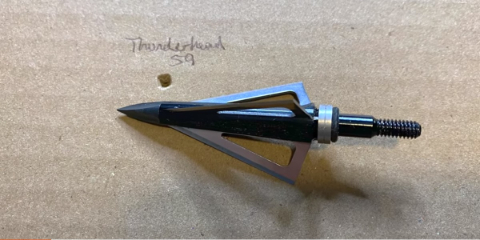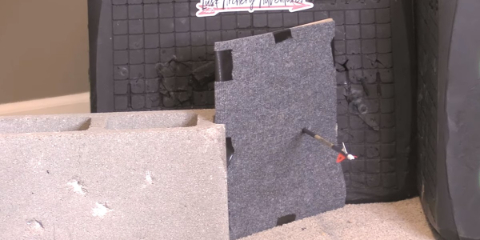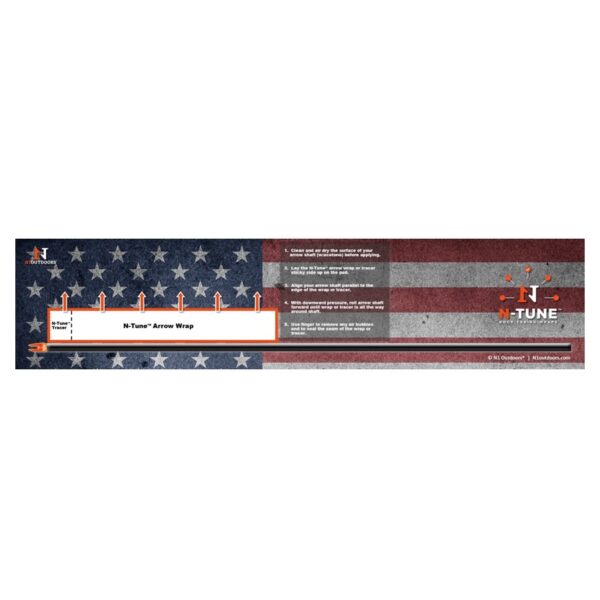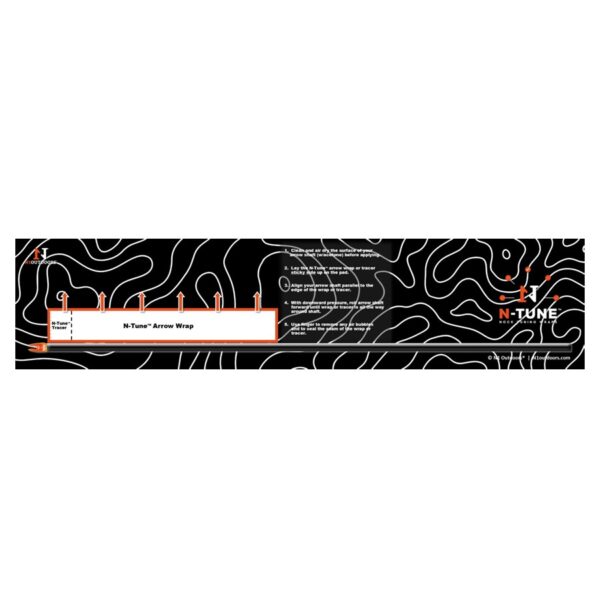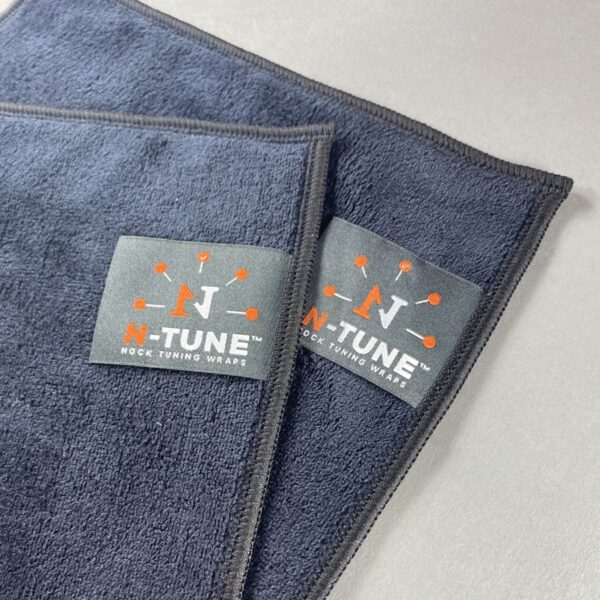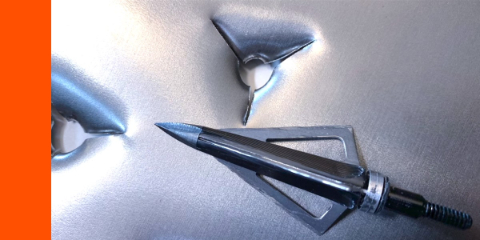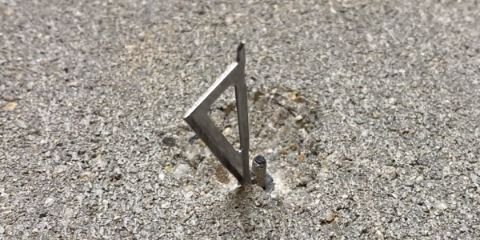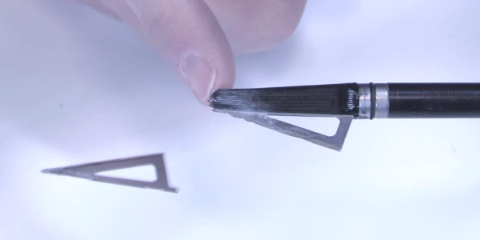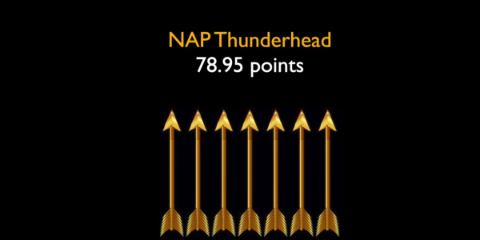A shotgun is a popular choice for home defense, as the multiple pellets fired from the barrel spread out and provide tremendous stopping power.
After comparing some of the best home defense shotguns, I came up with a list of suggestions (more on that soon!)
Finding the best ones involved looking at various features, including the type, gauge, capacity, pull length, and price.

Hopefully, you never have a situation where you would need to defend yourself and your loved ones in your home, but if so, you want to have a shotgun that you can operate effectively.
While you have many shotguns to choose from, the Mossberg 590A1 is the best overall choice.
The Mossberg 590A1 is a pump-action tactical shotgun with a capacity of six rounds plus one in the chamber. It stands out as the only shotgun to pass the Mil-Spec 3443E test, making it the most reliable option. 3,000 buckshot rounds were fired through the weapon without any part breakages.
Yet, the Mossberg 590A1 may not be the best fit for everyone. Some people may prefer a shotgun without a pistol grip or a semi-automatic shotgun instead of a pump-action one.
You may also prefer the best budget shotgun. Each option has distinct advantages that may better match your needs.
Best Shotguns For Home Defense (List)
- Best overall home defense shotgun
- Best semi-automatic home defense shotgun
- Best compact home defense shotgun
- Best budget home defense shotgun
Keep reading to explore the top picks for best home defense shotguns and learn more about the features to look for when comparing choices.
1. Best Overall – Mossberg 590A1
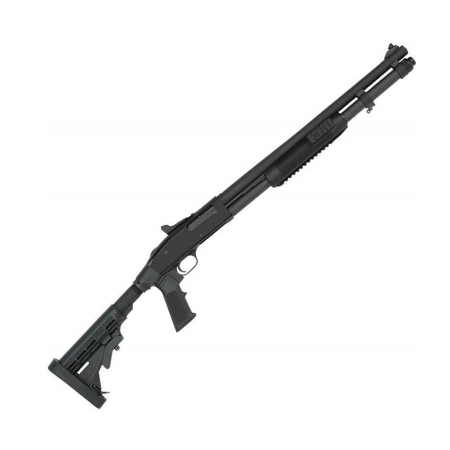
The Mossberg 590A1 is pump-action, has a removeable stock, and can accept various types of scopes/optics.
The Mossberg 590A1 offers several advantages that should appeal to anyone looking for a shotgun for home defense.
First, it’s a pump-action shotgun, which is recommended for first-time shotgun buyers. Pump-action shotguns are traditionally more reliable compared to semi-automatic shotguns, as they contain fewer moving parts.
The 590A1 is also the only shotgun to pass the military’s reliability test. If you keep the shotgun well-maintained, you should never need to worry about it jamming. On the odd chance that the gun malfunctions, you can cycle to the next round and fire as normal.
The Mossberg 590A1 is a 12-gauge shotgun with a 6+1 capacity. It has a barrel length of 18.5 inches and a length of pull (LOP) of 13.9-inches. It comes equipped with a pistol grip and a stock for increased maneuverability and less recoil.
As with most of the top shotguns, the Mossberg 590A1 comes with standard iron sights but supports a wide range of aftermarket sights and accessories. You can add optics or scopes that use Picatinny rails.
The 590A1 is also a popular choice with the military and law enforcement agencies around the country. It is a durable, heavy-duty shotgun and is available at a reasonable price. (The following Mossberg 590A1 video review from Hickok45 offers a detailed look at the shotgun’s parts and performance.)
Pros
- The pump-action design is highly reliable
- Supports a wide range of optics and scopes
- Includes a comfortable pistol grip and removable stock
Cons
- The safety is on top of the receiver, which some people may find awkward
2. Best Semi-Automatic Shotgun – Benelli M2
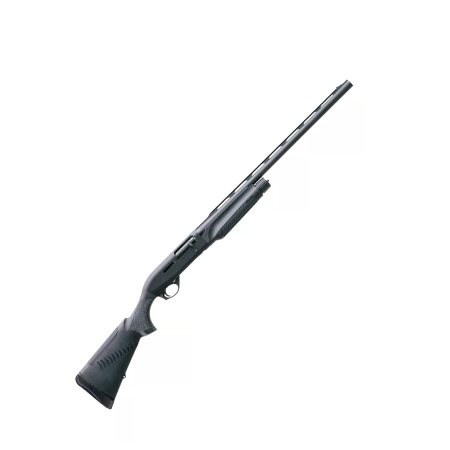
The M2 from Benelli is a semi-automatic with good accuracy, due to the 26-inch barrel.
The Benelli M2 is a semi-automatic shotgun. While most semi-auto shotguns use a gas-powered system, the M2 uses an inertia-driven system for smooth, reliable action.
It includes just three parts, resulting in increased reliability compared to other semi-autos.
As with most of the recommendations, the Benelli M2 is a 12-gauge shotgun. It also features a barrel length of 26 inches. The long barrel helps deliver increased accuracy.
You can also choose from a pistol grip with a stock or a standard stock. Other options include a ghost ring or standard open rifle sights.
The ghost ring has a small, circular aperture that lines up with the post on the front of the shotgun. If you are not an experienced marksman, you may find that the ghost ring allows you to quickly line up your shot.
The Outdoor Limits YouTube channel provides an in-depth look at the Benelli M2 in a video review of the shotgun. Overall, this is one of the most reliable semi-automatic shotguns on the market. However, it also comes with a high price tag that may put off some buyers.
Pros
- Faster firing speed compared to pump-action shotguns
- One of the most reliable semi-automatic shotguns
- Available with a pistol grip or a standard stock
Cons
- One of the most expensive options
3. Best Compact Shotgun – Kel-Tec KSG Shotgun

The Kel-Tec KSG has a pump behind the trigger, giving it a unique look and compact size.
The Kel-Tec KSG does not resemble the earlier recommendations due to its compact design. It has an 18.5-inch barrel, which is the same length used in most other shotguns. However, the overall length is just over 26 inches.
The KSG is also a bullpup shotgun. Instead of a manual pump in front of the trigger, the pump is behind the trigger, which allows for a more compact size.
The Kel-Tec KSG also offers a larger capacity compared to other options. The total capacity is 14+1 when using dual magazine tubes. It also has a pistol grip and a length of pull (LOP) of just 13 inches.
Kel-Tec is not the most recognizable manufacturer. The company mostly produces low-budget pistols. However, the KSG is a step up for the company and a reliable option for home defense. However, it is also one of the more costly choices.
Check out the Kel-Tec KSG Shotgun video review from The Gunmeister for a closer look at the shotgun in action.
Pros
- Has a large capacity of 14+1 rounds
- The compact design measures just 26.1 inches
- Includes a pistol grip a short length of pull
Cons
- Relatively expensive shotgun
4. Best Budget Shotgun – Mossberg Maverick 88
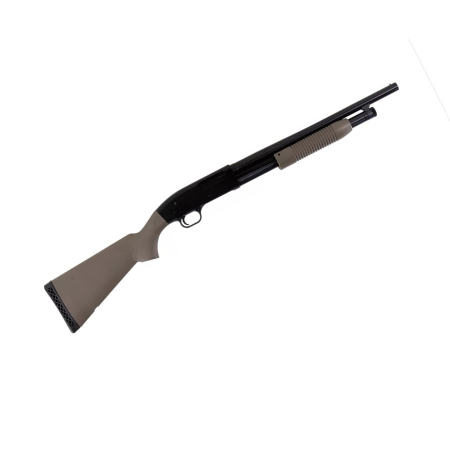
If you’re looking for a good home defense shotgun on a budget, the Mossberg Maverick 88 fits the bill.
The Maverick 88 is another pump-action shotgun from Mossberg. It is also one of the most affordable shotguns available.
The Mossberg Maverick 88 uses 12-gauge rounds and has a capacity of 7 rounds plus one in the chamber. It is also available with a pistol grip or a standard stock. With the standard stock, the gun measures 41 inches long.
The length of pull is 14.5-inches, which may be a little long for some users. However, if you have larger hands or longer arms, you may find it more comfortable compared to some of the other options.
The safety on the Maverick 88 is in front of the trigger instead of on top of the receiver. If you choose to use a standard stock instead of a pistol grip, the placement of the safety may be a little awkward.
As you can see from this Maverick 88 review from TFB TV on YouTube, the Maverick 88 is a surprisingly dependable shotgun for its price. You can also accessorize it as necessary to meet your needs, such as adding a scope or different sights.
Pros
- One of the most affordable shotguns from a reliable manufacturer
- Available with a pistol grip or a standard stock
- Compatible with parts and accessories designed for the Mossberg 500
Cons
- The safety is in front of the trigger
Home Defense Shotgun Buyer’s Guide
Some of the main factors to consider when shopping for a shotgun for self-defense include:
- Pump action vs. semi-automatic action
- The gauge of the shotgun barrel
- Pistol grip vs. standard stock
- Length of pull and overall size
The capacity, sights, and aesthetics are less vital when comparing shotguns. Most options have a capacity of five or six rounds, which is all you need for home defense with a shotgun.
Most shotguns also come equipped with standard iron sights and support scopes and optics using Picatinny rails or Weaver rails.
Below is a closer look at the rest of the considerations…
Pump Action vs. Semi-Automatic
Shotguns use different types of action to eject and load rounds. The two most common options are pump-action and semi-automatic. Pump-action shotguns use a manual pump to eject and reload.
The pump-action design is a common choice due to its reliability. It requires fewer parts compared to a semi-automatic design and is less susceptible to jamming and malfunctions.
Semi-automatic shotguns include more parts, resulting in higher costs. However, the top semi-auto shotguns are often as reliable as cheaper pump-action models.
The best semi-automatic shotguns use gas to cycle the action. The gas-operated action ejects the used shell and loads the next one without requiring you to manually pump the gun. You get greater firing speed and less recoil.
For a more nuanced comparison of pump versus semi-automatic shotguns, watch the following discussion and demonstration video. It clearly explains the pros and cons of both choices.
The Gauge of the Shotgun Barrel
The gauge of the shotgun barrel determines the size of the shots that it uses. The gauge measures the inside diameter of the barrel and typically ranges from 10-gauge to 28-gauge.
A smaller gauge has a larger diameter, which means that it uses larger shots. For example, a 12-gauge shotgun uses larger shots compared to a 20-gauge shotgun.
The 12-gauge shot is the most common recommendation for home defense. However, a 20-gauge shotgun still offers enough power to stop an intruder in his tracks. It also offers less recoil.
Yet, the top recommendations are mostly 12-gauge shotguns. A 12-gauge shot offers a wider spread at longer distances and the ammo is often cheaper.
Pistol Grip vs. Standard Stock
Shotguns traditionally feature a straight grip with a long shoulder stock. The traditional shotgun stock absorbs more recoil and offers easier access to the underside of the gun. You may find that the traditional design feels more comfortable when firing a 10-gauge or 12-gauge shotgun.
The pistol grip is often recommended for beginners, as you can handle the shotgun with one hand. It also feels more like holding a tactical rifle, which may appeal to those that are used to firing rifles.
Length of Pull and Overall Size
The length of pull (LOP) is the distance from the butt of the gunstock to the trigger. The typical LOP on a shotgun is 13 to 15 inches. The standard length is 13.5 inches.
The LOP should match your size. If you have longer arms, you may feel more comfortable with a longer LOP. A shorter length requires you to bring your shoulders up in an awkward position.
Final Thoughts On The Best Shotguns For Home Defense
When it comes to choosing the best home defense shotguns, the Mossberg 590A1 is the clear winner. It is relatively affordable and incredibly reliable. It has a pistol grip and a pump-action design, which are two features that are often recommended for those that have never owned shotguns before.

In the unfortunate scenario where you have to defend your home, hopefully this article has provided you with detailed and helpful information to guide you in your selection of a home defense shotgun.
The Benelli M2 is a top option for those that want a semi-automatic shotgun. However, it is also one of the most expensive choices.
The Maverick 88 is the best type of shotgun for the budget-concious. It costs a fraction of the other shotguns, but still offers dependable performance. The Kel-Tec KSG is great for those that want something more compact, as it only measures about 26 inches in length.
Click on one of the links to check the current prices on the best home defense shotguns.

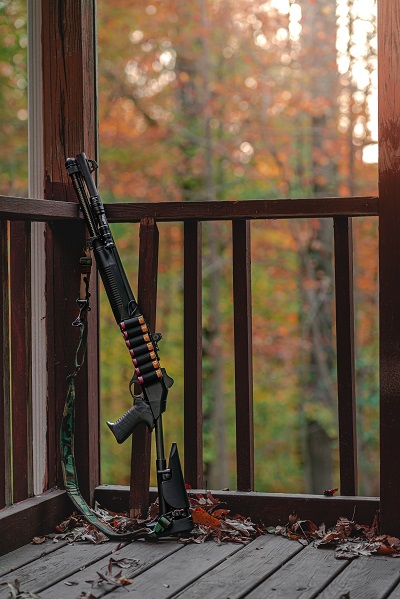



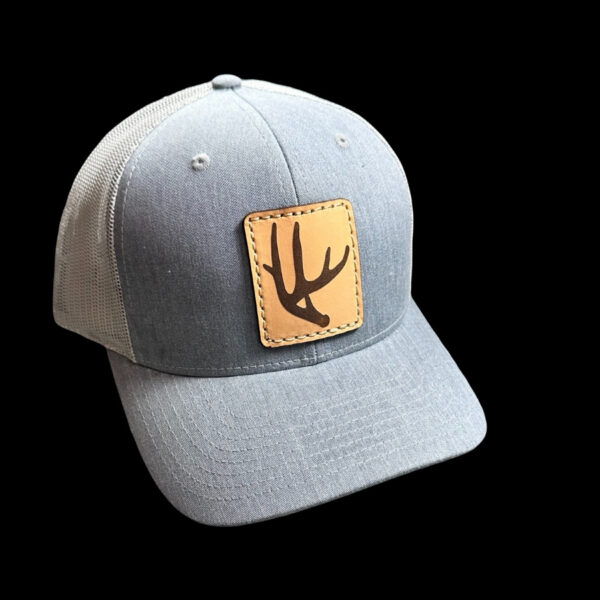
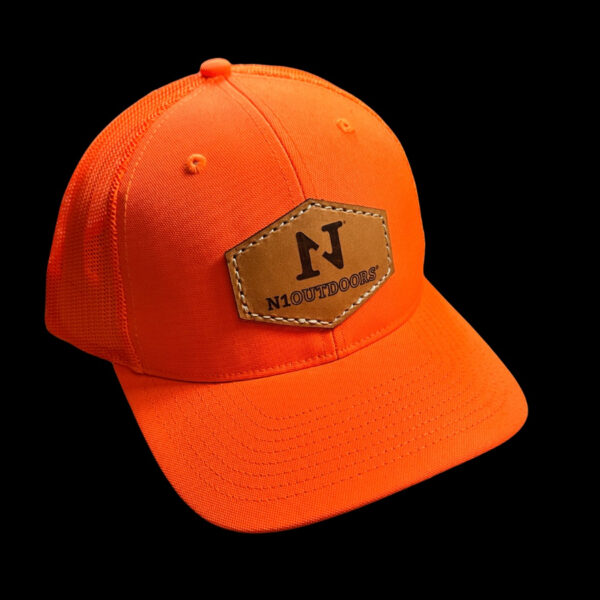
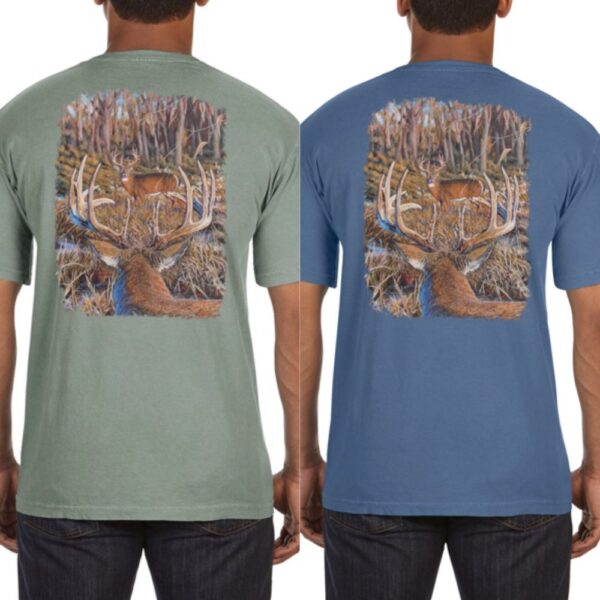


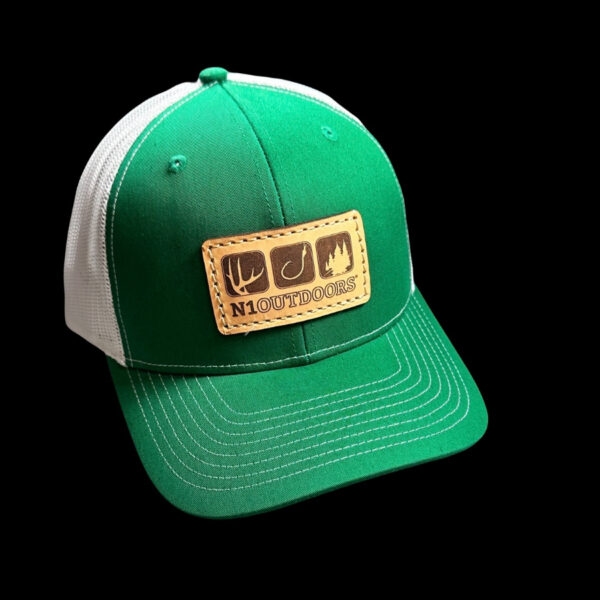
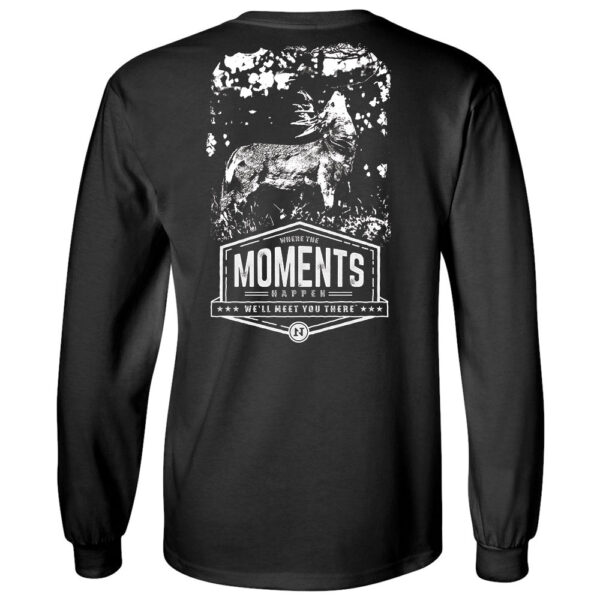
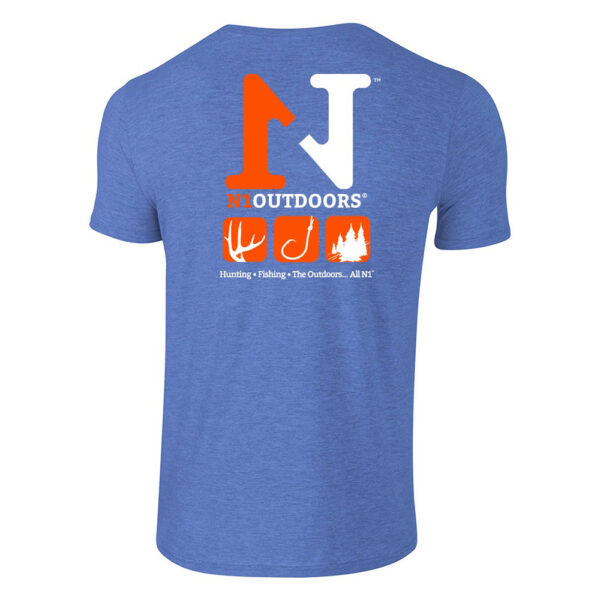
![Byrna SD [Self Defense] Kinetic Projectile Launcher Ultimate Bundle - Non Lethal , Home /Personal Defense (Black) | Proudly Assembled in The USA](https://m.media-amazon.com/images/I/51q1LTzZdRL._SL500_.jpg)
